So You Think You Know Football?
So You Think You Know Football?
The Armchair Refs Guide to the Official Rules
Ben Austro
Taylor Trade Publishing
Lanham Boulder New York London
Published by Taylor Trade Publishing
An imprint of Rowman & Littlefield
4501 Forbes Boulevard, Suite 200, Lanham, Maryland 20706
www.rowman.com
Unit A, Whitacre Mews, 26-34 Stannary Street, London SE11 4AB
Distributed by NATIONAL BOOK NETWORK
Copyright 2015 by Ben Austro
All rights reserved . No part of this book may be reproduced in any form or by any electronic or mechanical means, including information storage and retrieval systems, without written permission from the publisher, except by a reviewer who may quote passages in a review.
British Library Cataloguing in Publication Information Available
Library of Congress Cataloging-in-Publication Data is available on file.
ISBN 978-1-63076-043-4 (paperback)
ISBN 978-1-63076-044-1 (electronic)
 The paper used in this publication meets the minimum requirements of American National Standard for Information SciencesPermanence of Paper for Printed Library Materials, ANSI/NISO Z39.48-1992.
The paper used in this publication meets the minimum requirements of American National Standard for Information SciencesPermanence of Paper for Printed Library Materials, ANSI/NISO Z39.48-1992.
Printed in the United States of America
Dedicated to the tens of thousands of men, women, girls, and boys who wear the stripes every weekend during the season for the love of the game.
Contents
Foreword
Each football season, all thirty-two NFL teams begin the quest for the prestigious Vince Lombardi Trophy, sparking optimism from every corner of the football world. Fans watching their favorite teams feel any close call, especially any that goes against their beloved team, is incorrect. Every call can have an effect on the chance their team has at achieving that Super Bowl dream. They listen to the TV announcers and the so-called rules experts on broadcasts and social media. They may even complain to a friend who may have worn the stripes and blown a whistle at some point or at some level who will attempt to clarify what the officials ruled on the field. Is that the rule? Was the ref correct or did he blow another one?
Its a fact: NFL officiating consistently draws the ire of football fans throughout the stadiums, TV rooms, and sports bars around the country. I heard it all through my career as an official. In fact, in my very first NFL game, I was summoned to the sideline by Houston Oilers coach Jerry Glanville. His salty response to my call was legendary: This is the NFL, which means not for long if you make them [... ] calls. I stood my ground. I knew I was right. (It turned out NFL Films picked up the whole conversation through a wireless microphone. To this day, the clip surfaces on TV from time to time.) The fact remains that NFL officials are accurate more than 98 percent of the time. And the reason is they have spent countless hours every week and many years studying and understanding the rules and philosophies of this game.
I have thoroughly enjoyed reading So You Think You Know Football? . In this book, Ben Austro does a great job explaining rules to the NFL fan in a manner that is easy to understand. Although you may not always agree with his explanationsor those of the official making the call on the fieldyou will understand a lot more than you ever had before if you read this book. Ben has simplified each rule and has done a fantastic job of giving a historical background as to the specific plays or situations that helped put these rules in place.
As I read this book, I felt it could have been titled Everything You Wanted to Know About NFL Rules, But Didnt Know Who to Ask , since so many rules and questions are addressed. Not only that, and perhaps more importantly, they are explained in a manner that anyone will be able to understand.
So You Think You Know Football? is a great resource to help educate its readers and answer many of those questions that football fans discuss each and every week of the NFL season. It wont stop fans from complaining, but this book can certainly settle a few arguments.
Jim Daopoulos
About Jim Daopoulos:
Jim is a former NFL official, having worked as a back judge and an umpire during his time on the field. He moved up to an officiating supervisor in the NFL office, which entailed analyzing game film and grading officials on all the calls they made or missed. He has offered his rule analysis on controversial calls for NBC Sports, ESPN, and several sports-talk radio shows, in addition to the authors website Football Zebras . Currently he is a consultant for the American Athletic Conference and Monday Night Football . On Sundays during the football season, he can usually be found offering his opinion and answering questions on Twitter as @RefereeJimD.
Preface
Perhaps it is a little unfair to cast one persons fleeting mistake as an opportunity. But, one call in Week 2 of the 2008 season led to an interesting chain of events that I could never have imagined.
It was a cool, late-summer afternoon in Denver as the Broncos were hosting their division rivals, the San Diego Chargers. After trailing the Broncos by 18 points early in the second quarter, the Chargers clamored back to seize a seven-point lead with a few minutes remaining. But the Chargers defense was unable to stop the offensive march of the Broncos with quarterback Jay Cutler at the helm. The Chargers were literally on the goal line when it appeared they finally stopped the Broncos drive short.
Cutler fumbled the ball on second down, which was recovered by linebacker Tim Dobbins at the 10-yard line. Dobbins is not listed in the statistics as having made a fumble recovery because when the ball was loose, a whistle echoed through the gasps of the crowd at Mile High. Referee Ed Hochuli had ruled it an incomplete pass but immediately realized this was in error. As much as Hochuli wanted to take back that whistle, the play is dead and the fumble recovery nullified. There was no recourse to right the wrong.
The press coverage of that game centered on the inadvertent whistle by Hochuli. Obviously it was an incorrect call, but I was curious if the crew further compounded the error in a replay review, since the ball was then declared dead at the 10-yard line, instead of returning to the original line of scrimmage for the incomplete pass. I was seeking analysis of the call, but there was very little to be found other than complaints about the call and about the rule that kept the Chargers from getting possession. There was no discussion about which rule applies to such situations, and all I got was nothing but a sports radio stew of complaints and rants. As for the few websites that discussed officiating, most were blogs whose authors churned out post after post about officials who were alleged to be visually impaired.
I decided that if I could not find the site I was looking for, I was going to create it. My interest in being an armchair official started when I requested a rulebook from the league office in 1988. I think it was $5 to cover the shipping, and it was worth much more than that. It was the same rulebook all the officials receive: a solid, battleship-grey cover with ordinary black, sans-serif capital letters in black; the only splash of color was the red and blue in the inch-high NFL logo. After updating the book with various margin notes of rule changes, I saw the rulebook for sale in the bookstore, now with a cover that had much more shelf appeal, but the same content, nonetheless.
I started the Football Zebras blog for a trial run for Super Bowl XLIII at the end of the 2008 season. The first post covered a preSuper Bowl press conference by commissioner Roger Goodell, in which he floated the possibility that the sudden-death format of overtime might need to be tweaked. I argued against changing the decades-old format, which I also did in a post the following year when the owners followed through and passed the modified sudden-death format.
Next page
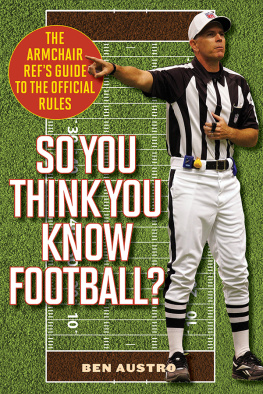
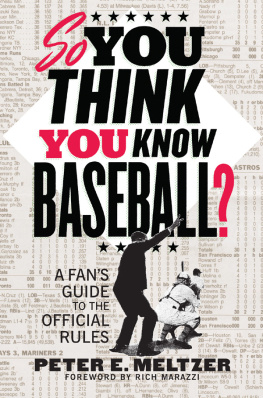

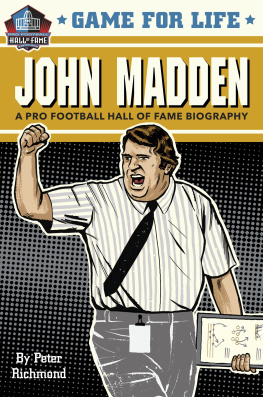
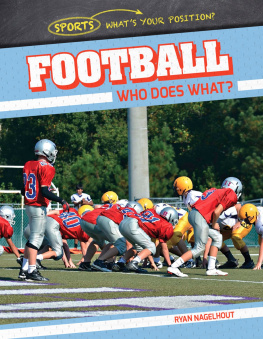
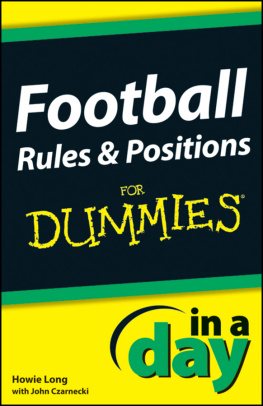
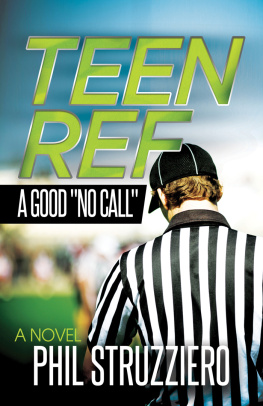
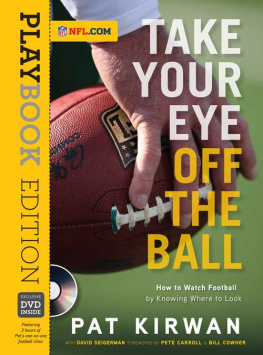
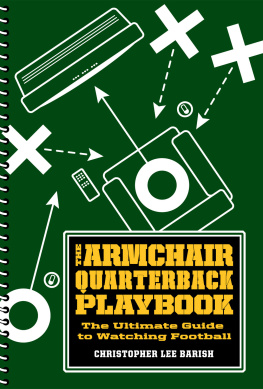
 The paper used in this publication meets the minimum requirements of American National Standard for Information SciencesPermanence of Paper for Printed Library Materials, ANSI/NISO Z39.48-1992.
The paper used in this publication meets the minimum requirements of American National Standard for Information SciencesPermanence of Paper for Printed Library Materials, ANSI/NISO Z39.48-1992.